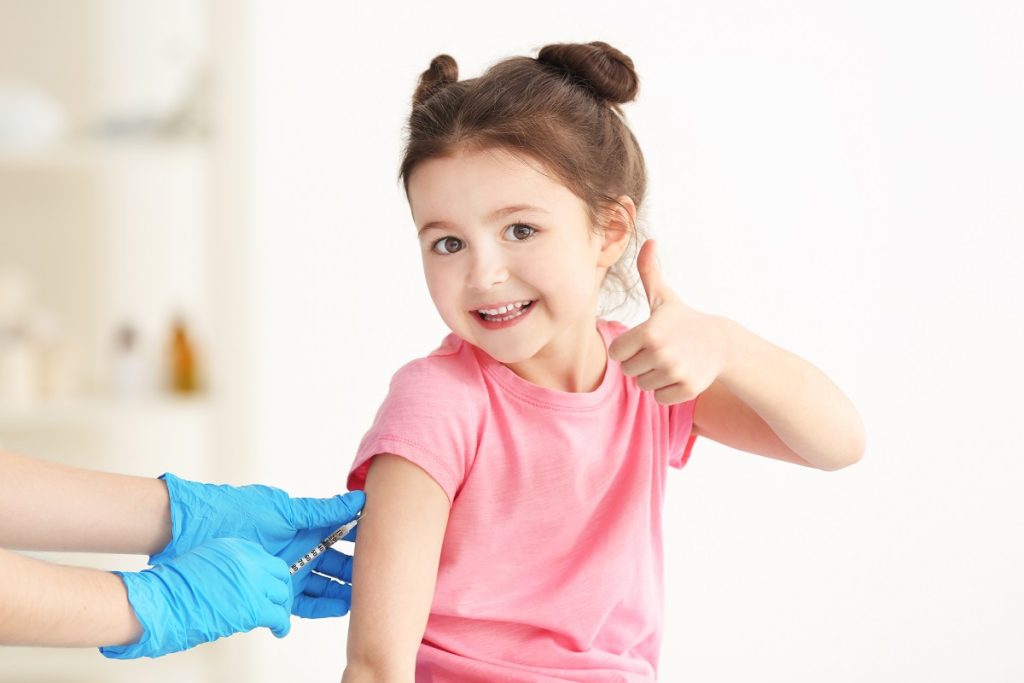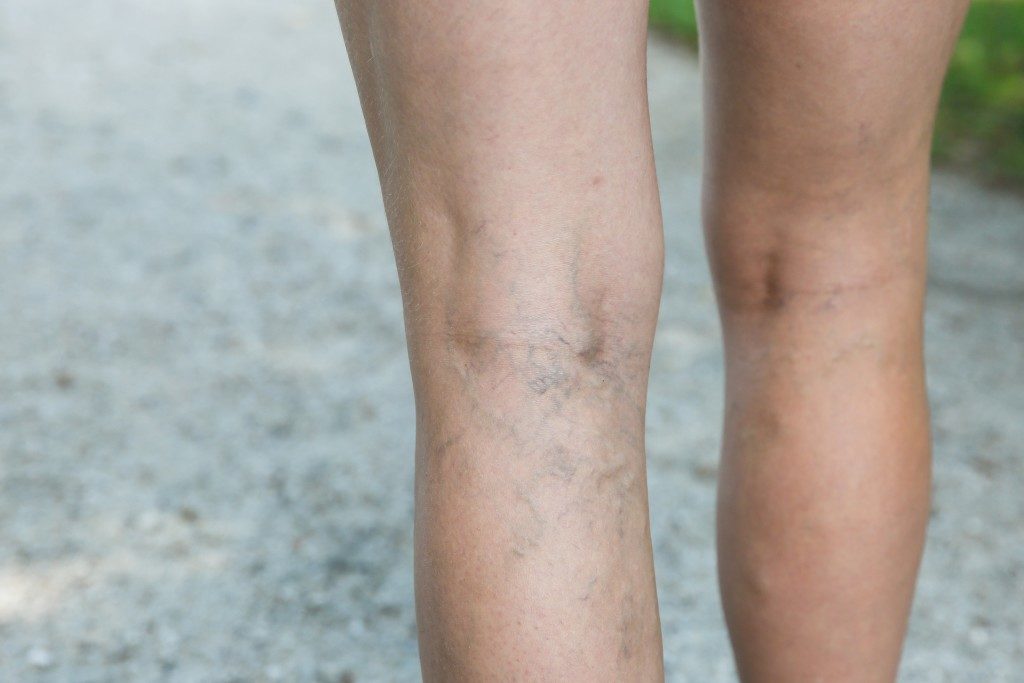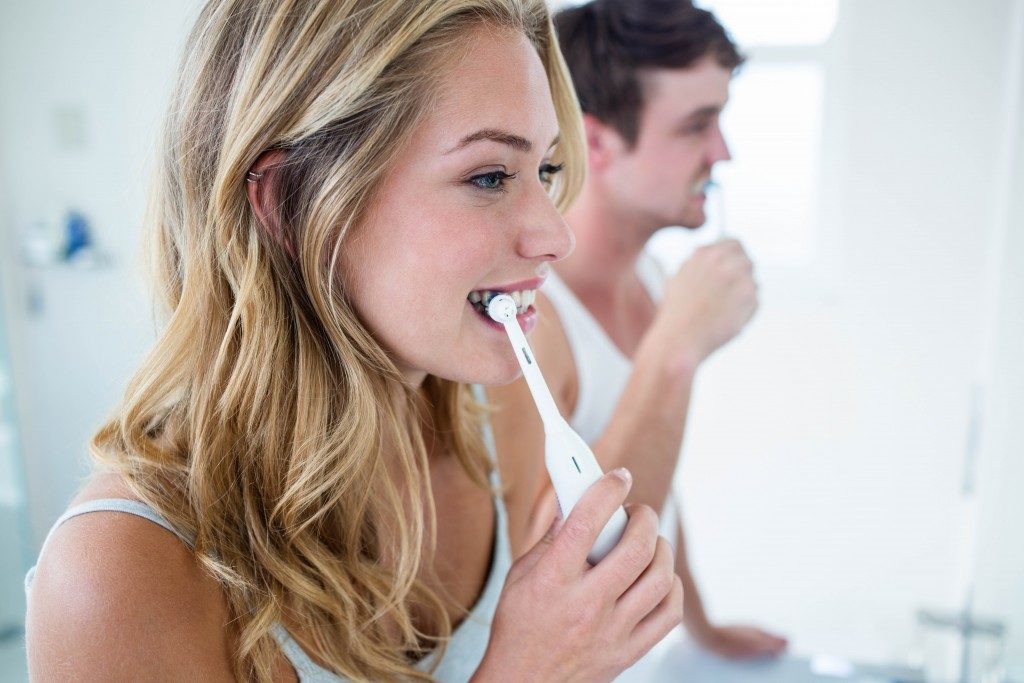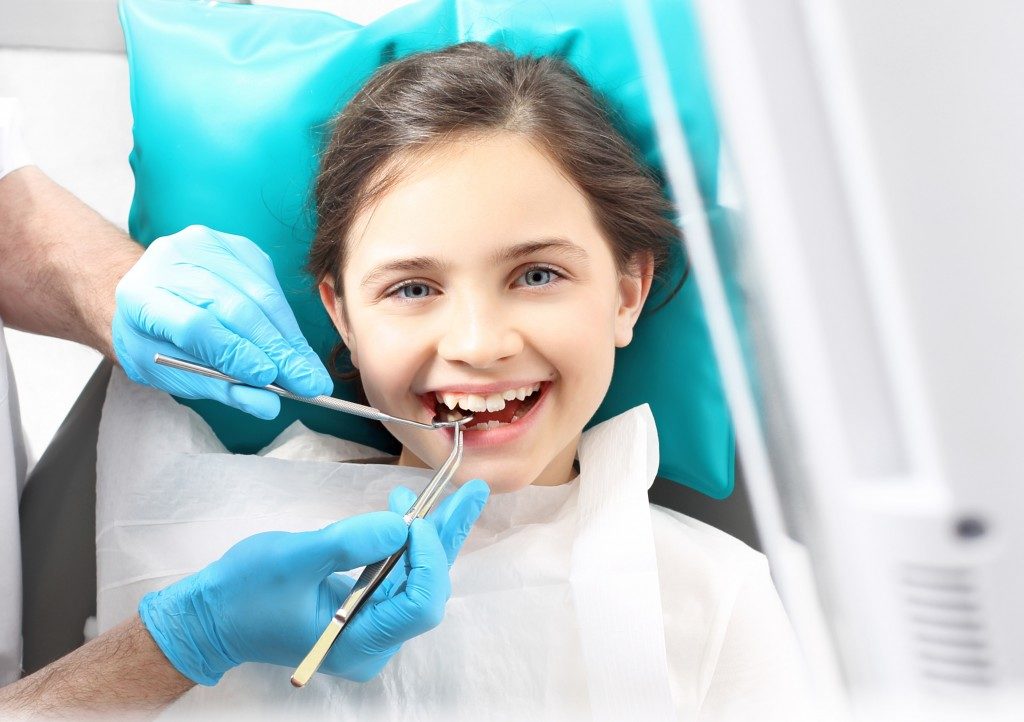- Maintain good hygiene practices such as frequent handwashing and disinfecting commonly touched surfaces.
- Practice social distancing by maintaining a distance of at least 6 feet from people outside of your household.
- Encourage your child to wear a mask in public, ensuring it fits snugly over their nose and mouth.
- Promote healthy habits such as getting enough sleep, eating a balanced diet, exercising regularly, and staying hydrated.
- Utilize pediatric COVID-19 testing if your child exhibits symptoms or has been in contact with someone who tested positive.
As a parent, protecting your child from COVID-19 is a top priority. The ongoing pandemic has brought new challenges and concerns for parents worldwide. However, with proper precautions and awareness, you can take steps to keep your child safe. This guide will provide five essential tips to protect your child from COVID-19.
1. Maintain Good Hygiene Practices
Maintaining good hygiene practices is one of the most effective ways to protect your child from COVID-19. This is because good hygiene practices reduce the spread of germs and bacteria that can cause illnesses.
Here are some good hygiene practices to encourage:
Wash Your Hands Frequently
Encourage your child to wash their hands often with soap and water for at least 20 seconds, especially after using the bathroom, before eating, and after touching potentially contaminated surfaces such as doorknobs and light switches. Teach them to hum the “Happy Birthday” song twice while washing their hands to ensure they are washing for the recommended amount of time.
Avoid Touching Face
Remind your child to avoid touching their face, particularly around their eyes, nose, and mouth. This can reduce the risk of virus transmission by preventing it from entering through mucous membranes or an open wound or sore. Encourage them to play games like counting how many times they touch their face daily to help them become aware of this habit.
Cover Coughs and Sneezes
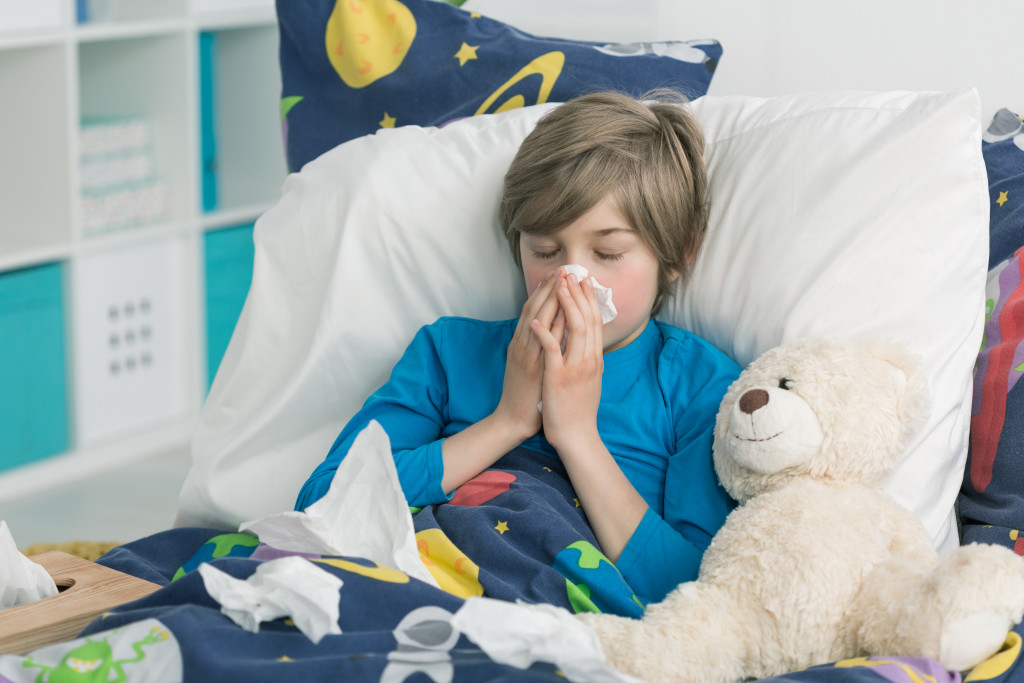
Teach your child to cover their mouth and nose with their elbow or a tissue when they cough or sneeze, and dispose of used tissues properly. Remind them that coughing or sneezing into their hands can spread germs more easily. Ask them to practice “cough etiquette” by maintaining distance from others while coughing or sneezing and covering their mouth.
Clean Surfaces Regularly
Regularly clean and disinfect commonly touched surfaces in your home, such as doorknobs, light switches, remote controls, countertops, and faucets. Use EPA-approved disinfectants that are effective against the coronavirus. Remind your child to wash their hands after coming into contact with these surfaces.
2. Practice Social Distancing
Social distancing is another crucial measure to protect your child from COVID-19. Teach your child to maintain a distance of at least 6 feet from people outside their household, especially in crowded places or when physical distancing is challenging. Avoid large gatherings and crowded areas, such as parties, playgrounds, or indoor events, where the risk of transmission is higher.
Encourage your child to avoid close physical contact with others, including handshakes, hugs, and high-fives. Instead, promote alternative ways of greeting, such as waving or nodding. Explain to your child the importance of social distancing in preventing the spread of the virus and protecting themselves and others.
3. Wear Masks
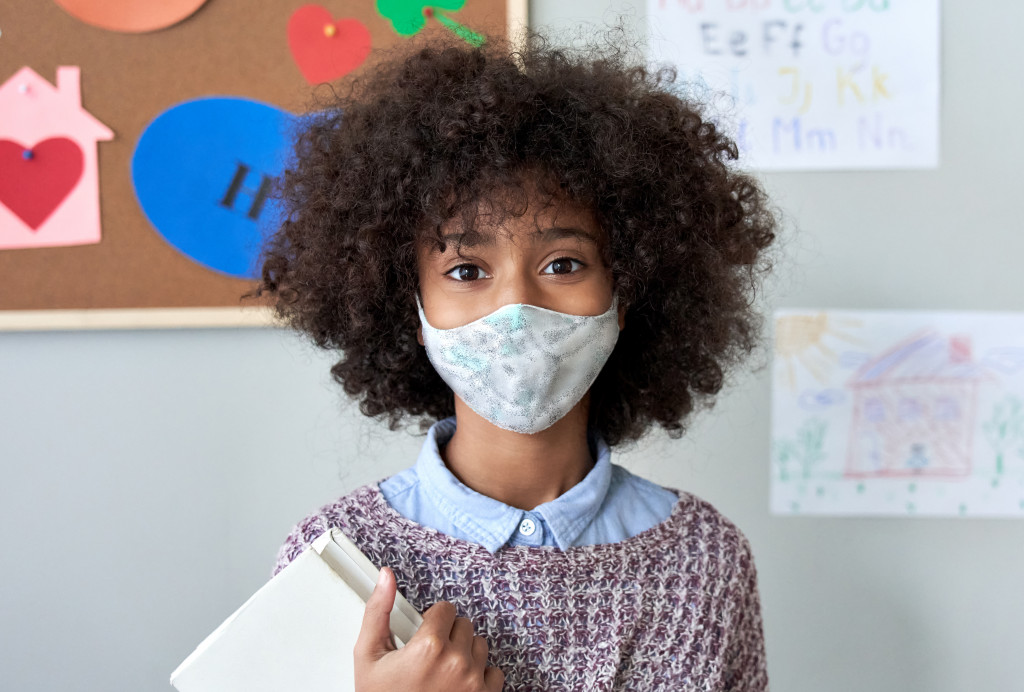
Wearing masks can be an effective tool in preventing the spread of COVID-19. Encourage your child to wear a mask in public, especially when maintaining social distancing may be challenging, such as in a crowded place or when interacting with people outside of their household. Ensure the mask fits snugly over your child’s nose, mouth, and chin without gaps.
Choose masks made of multiple layers of breathable material and appropriate for your child’s age and size. Avoid masks with valves, as they may not provide adequate protection. Teach your child how to wear and remove a mask properly, and emphasize the importance of not touching their face or adjusting their mask while wearing it.
4. Promote Healthy Habits
Promoting healthy habits can boost your child’s immune system and help protect them from COVID-19. Encourage your child to maintain a healthy lifestyle by eating a balanced diet, exercising regularly, and getting enough sleep. Adequate sleep is especially important for a strong immune system. Limit your child’s exposure to sugary foods and beverages, as excessive sugar intake can weaken the immune system.
Teach your child the importance of staying hydrated by drinking plenty of water throughout the day. Ensure your child has a well-balanced diet that includes a variety of fruits, vegetables, whole grains, lean proteins, and healthy fats. Also, encourage your child to engage in regular physical activity, such as playing outdoors, cycling, or practicing yoga, while following appropriate safety measures.
5. Utilize Pediatric COVID-19 Testing
If your child has been in contact with someone who tested positive for the virus or exhibits symptoms, it is important to utilize reliable pediatric COVID-19 testing. A reliable pediatric COVID-19 testing center can help you determine whether your child has contracted the virus and assist with receiving the necessary treatment.
Pediatric COVID-19 testing can also reassure you as a parent, as it can identify potential cases before the onset of symptoms and help prevent the further spread of the virus. Additionally, early detection through pediatric COVID-19 testing may reduce the severity of symptoms in your child who has contracted the virus.
Closing Thoughts
Protecting your child from COVID-19 requires a combination of good hygiene practices, social distancing, wearing masks, promoting healthy habits, and utilizing pediatric COVID-19 testing. Following these five essential tips can help keep your child safe and reduce the risk of virus transmission. Remember to stay informed about the latest guidelines and recommendations from public health officials and healthcare providers and adjust your behavior accordingly.

